Optimal Seasons for Roof Vent Installations
Roof vents installations are most effective when performed during moderate weather conditions. Spring and early fall often provide ideal temperatures and lower humidity levels, reducing the risk of complications during installation. Avoiding extreme cold or heat ensures materials perform optimally and installation crews can work safely and efficiently.
Spring and fall typically offer the best conditions for roof vent installations due to milder weather and lower moisture levels.
Rain, snow, or extreme temperatures can delay or complicate installation, potentially affecting the longevity and effectiveness of the vents.
Scheduling installations during favorable weather reduces risks and ensures proper sealing and functionality of roof vents.
In cases of urgent need, installations can be performed in other seasons, but extra precautions and planning are necessary.

Ways to make Roof Vents Installations work in tight or awkward layouts.
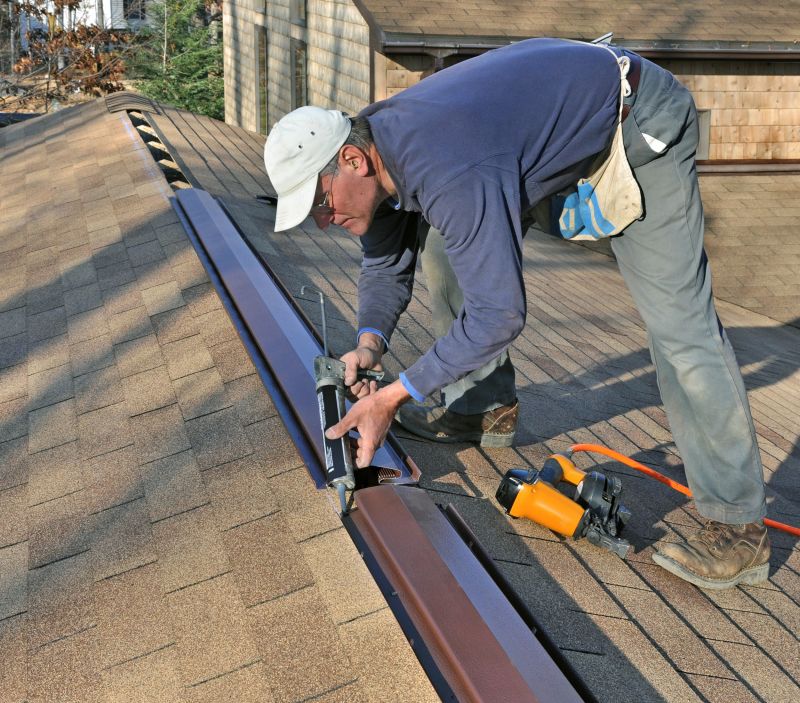
Popular materials for Roof Vents Installations and why they hold up over time.

Simple add-ons that improve Roof Vents Installations without blowing the budget.
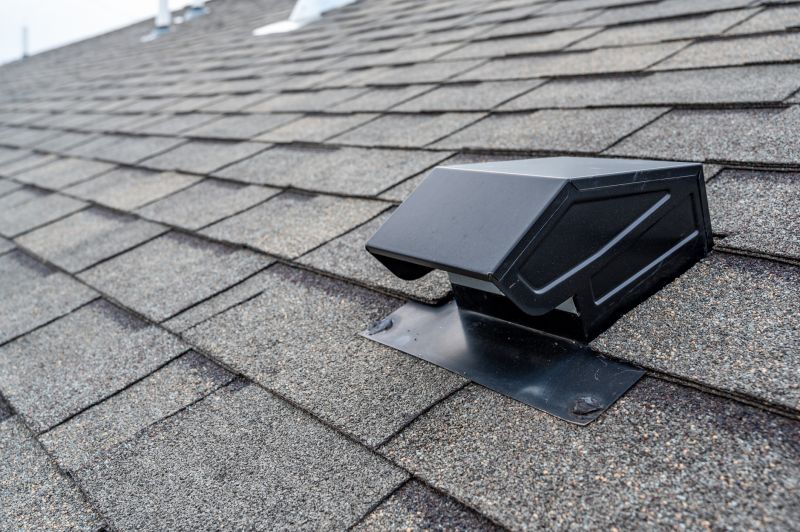
High-end options that actually feel worth it for Roof Vents Installations.
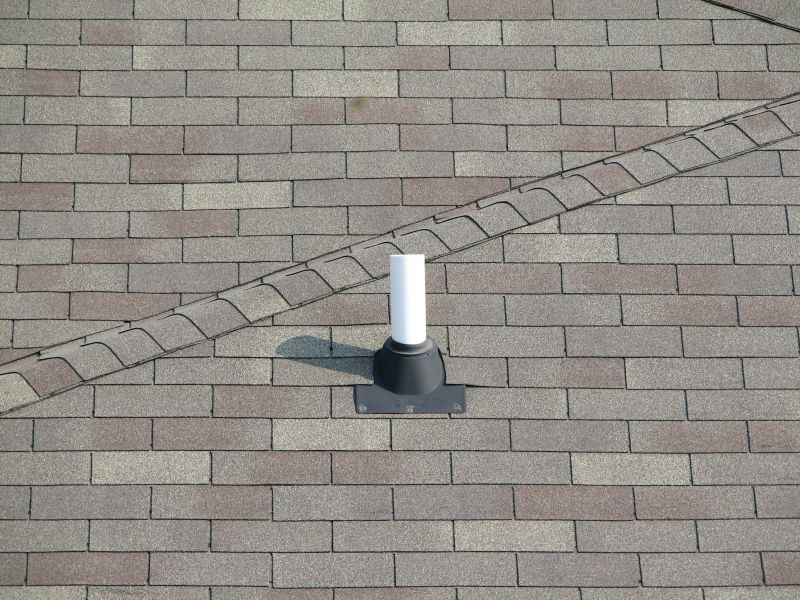
Finishes and colors that play nicely with Roof Vents Installations.

Little measurements that prevent headaches on Roof Vents Installations day.
Roof vents are essential components that facilitate proper attic ventilation, helping to regulate temperature and moisture levels within a building. Proper installation ensures energy efficiency, prevents mold growth, and extends the lifespan of roofing materials. Statistics indicate that well-ventilated roofs can reduce cooling costs by up to 30%, highlighting the importance of timely and correctly scheduled installations.
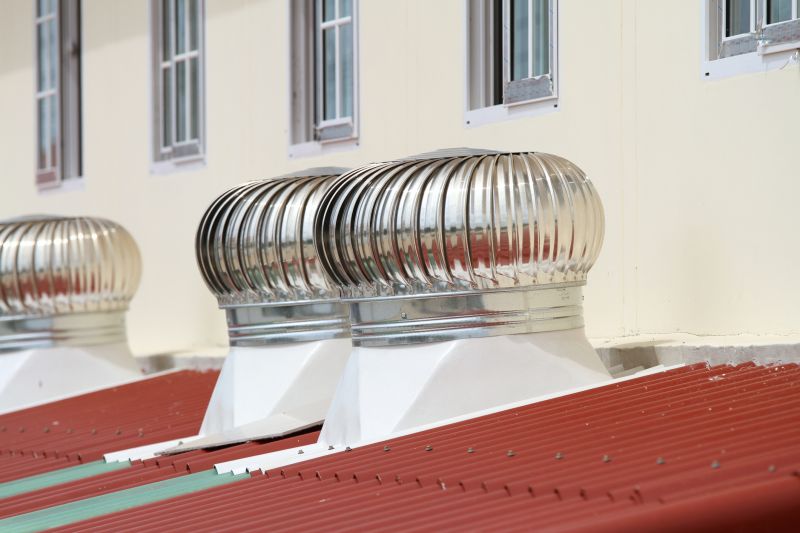
A 60-second routine that keeps Roof Vents Installations looking new.
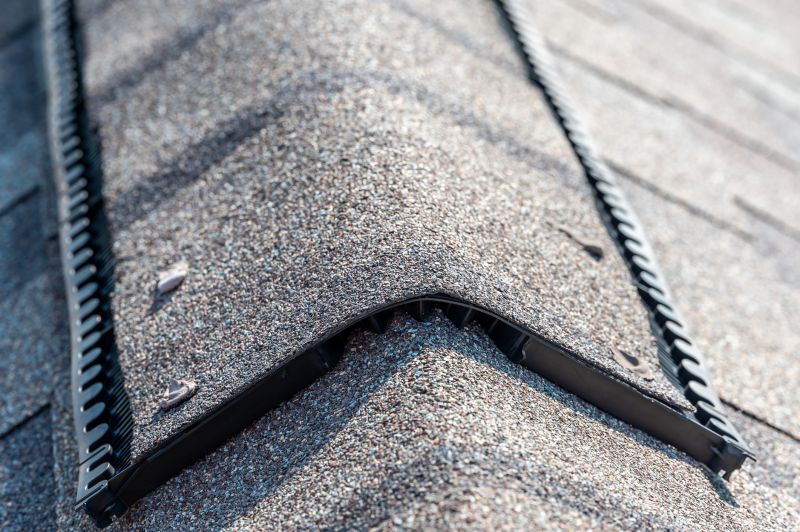
A frequent mistake in Roof Vents Installations and how to dodge it.

Small tweaks to make Roof Vents Installations safer and easier to use.
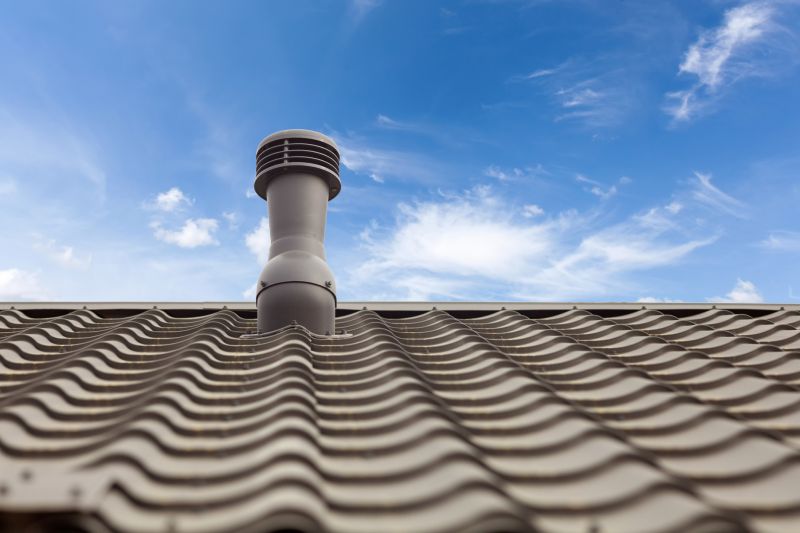
Lower-waste or water-saving choices for Roof Vents Installations.
| Season | Advantages |
|---|---|
| Spring | Mild weather, lower humidity, optimal for installation. |
| Fall | Cool temperatures, less rain, ideal for roof work. |
| Summer | Possible but riskier due to heat and storms. |
| Winter | Generally not recommended due to cold and snow. |
| Urgent cases | Can be scheduled in any season with precautions. |
Choosing the right time for roof vent installation can significantly impact the performance and durability of the system. Proper timing ensures the vents are installed under conditions that promote sealing integrity and minimize future maintenance needs. Consulting with roofing professionals can help determine the most suitable timing based on local climate and specific project requirements.
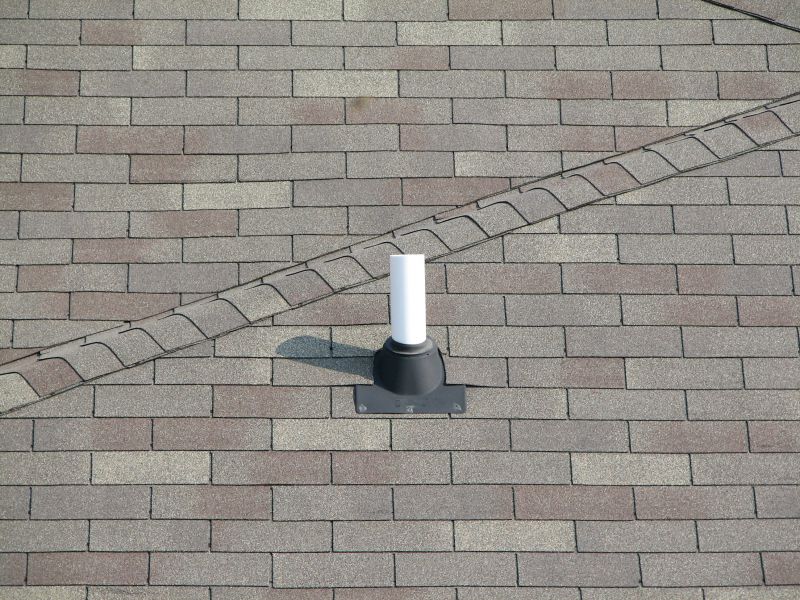
The short, realistic tool list for quality Roof Vents Installations.

Rough timing from prep to clean-up for Roof Vents Installations.
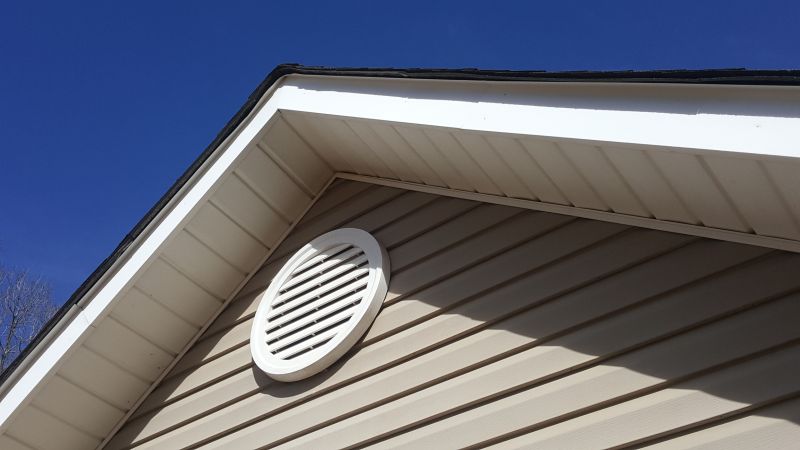
Quick checks and paperwork to keep after Roof Vents Installations.
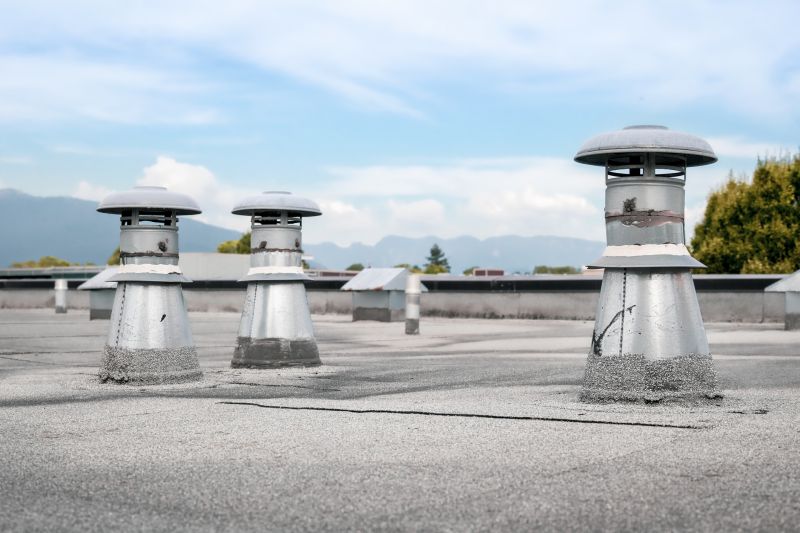
Examples that show the impact a good Roof Vents Installations can make.
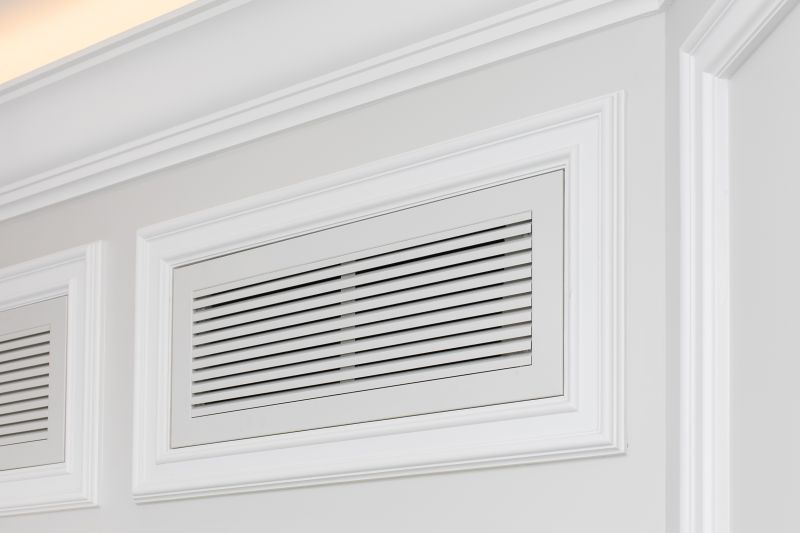
Ways to make Roof Vents Installations work in tight or awkward layouts.

Ways to make Roof Vents Installations work in tight or awkward layouts.
For those interested in improving attic ventilation, scheduling roof vent installations during the most suitable seasons can optimize results. Properly timed installations contribute to better energy efficiency, reduced indoor humidity, and extended roof lifespan. Contact for further information or to discuss scheduling options.



